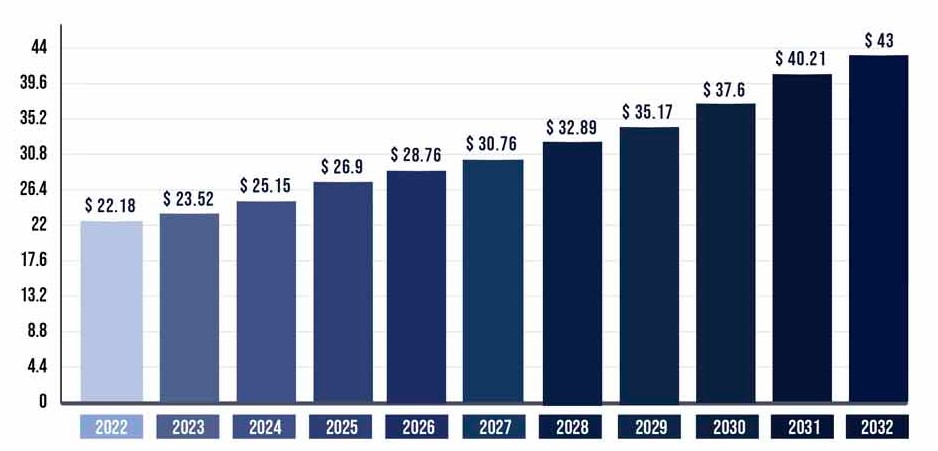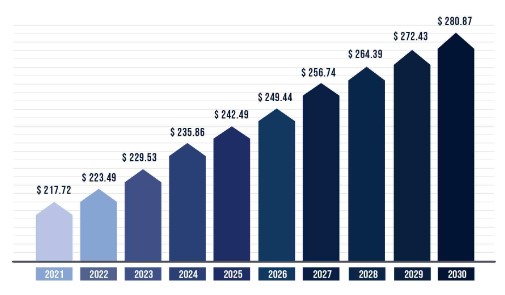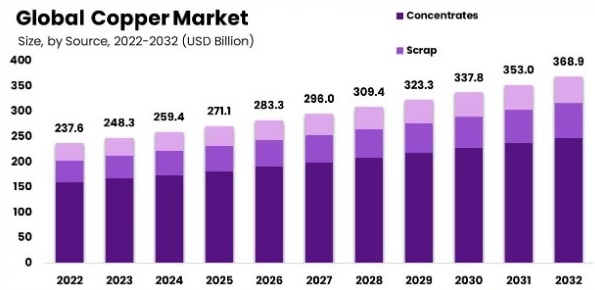Beer, a beverage with a rich history and cultural significance, continues to be a global favorite. The beer market, a multi-billion dollar industry, is constantly evolving, reflecting changing consumer preferences and technological advancements. Let's delve into the current state of the market, analyzing its size, growth drivers, key players, and exciting trends shaping the future of this frothy industry.
Market Size and Growth:
- The global beer market was valued at an estimated USD 763.2 billion in 2022, and is projected to reach USD 902.4 billion by 2030, reflecting a steady CAGR of 2.2%.
- This growth is driven by several factors:
- Rising Disposable Income: As disposable income increases, consumers are more likely to indulge in premium and craft beers.
- Urbanization and Socialization: Growing urban populations create a demand for convenient and social consumption of beer, often in restaurants, bars, and social gatherings.
- Emerging Economies: Developing economies with a growing middle class contribute significantly to the market's growth.
Market Segmentation:
The beer market can be segmented by various factors:
- Beer Style: Lagers dominate the global market, followed by ales, stouts, porters, and wheat beers. Craft beers represent a growing segment, offering diverse flavors and styles.
- Distribution Channel: On-premise consumption (bars, restaurants) and off-premise consumption (retail stores) are the two main distribution channels.
- Price Point: The market ranges from budget-friendly mass-produced beers to premium and craft beers commanding higher prices.
Global Beer Companies:
Several established companies dominate the global beer market:
- Anheuser-Busch InBev (AB InBev): A brewing giant owning iconic brands like Budweiser, Corona, Stella Artois, and Hoegaarden.
- Heineken N.V.: A leading international brewer known for Heineken, Amstel, and Tiger beers.
- Molson Coors Beverage Company: Owns popular brands like Coors Light, Miller Lite, Blue Moon, and Leinenkugel's.
- Carlsberg Group: A Danish brewing company with a global presence, known for Carlsberg and Tuborg beers.
- Asahi Group Holdings, Ltd.: A Japanese beverage company with a strong presence in Asia, known for Asahi Super Dry.
Craft Beer Revolution:
The craft beer segment is experiencing a significant boom, driven by:
- Consumer Desire for Variety: Consumers are increasingly seeking unique and flavorful beers, leading to a surge in craft breweries offering distinctive styles and local ingredients.
- Focus on Local and Independent Businesses: Consumers are drawn to the story and unique character of smaller, independent craft breweries.
- Online Sales and Distribution: Increased online ordering and delivery options are expanding the reach of craft breweries.
Challenges and Opportunities:
The beer market faces some challenges:
- Competition: Intense competition between established giants and emerging craft breweries requires constant innovation and brand differentiation.
- Fluctuating Raw Material Costs: Variations in barley and hop prices can impact production costs and profitability.
- Regulations and Taxes: Stringent regulations and high taxes on alcohol can limit market growth and innovation.
However, the market also presents exciting opportunities:
- Premiumization: Consumers are willing to pay more for premium and craft beers, offering a lucrative market segment for brewers.
- Sustainability: Environmentally conscious consumers are driving the demand for sustainable brewing practices and eco-friendly packaging.
- Technological Advancements: Innovations in brewing technology can optimize processes, improve efficiency, and lead to more creative beer styles.
- Emerging Markets: Developing economies like India and China represent significant growth potential for the beer market.
Conclusion:
The beer market continues to be a dynamic and evolving industry. With a focus on innovation, caterinig to diverse consumer preferences, and embracing sustainability, beer companies are poised for continued growth. From iconic global brands to the booming craft beer scene, the future of beer promises to be a flavorful and exciting journey.









